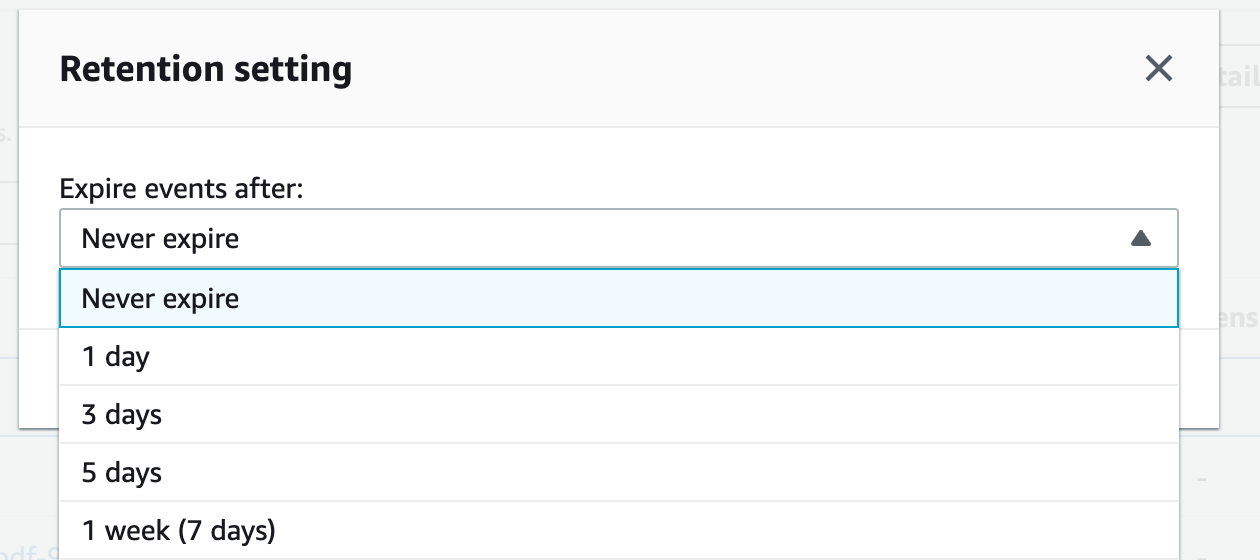Save Money Instantly With This One AWS CloudWatch Tip
One strategy you can use right now to reduce your monthly costs in CloudWatch
CloudWatch is a powerful service that allows visual monitoring and management of the usage (and costs) of your AWS cloud services.
With CloudWatch, you can set up billing alarms that will automatically notify you when a certain service’s costs surpass a budget threshold that you define.
This is very practical as you can get emails whenever a service may be costing you more than you expected, and this allows you to have fine-grained control and visibility over your services' costs as well as their usage.
While AWS provides a service better fit for monitoring costs, such as AWS Cost Explorer, CloudWatch lets you set billing alarms and is more easily integrate-able with a wide array of AWS services.
Other practical applications for CloudWatch, which is as common as monitoring costs and usage, is monitoring logs, metrics, and events.
It is often good practice to have your application logs go through CloudWatch, and many services like AWS Lambda will by default, stream logs to CloudWatch.
This allows you to view error logs or any type of log for any event coming from your Lambda functions, for example, and offers a detailed explanation of why something is behaving in a certain way.
As great as this service is, there is one small problem.
All logs from every service are, by default, stored in CloudWatch for an indeterminate amount of time.
This default behaviour of the retention of your logs is designed that way in case you need to know what happened for certain events at any time in the past.
Cost Implication
The issue is CloudWatch charges you for the retention of data — for the data stored. While it may not be much, CloudWatch charges you 3 cents per GB stored and 50 cents per data ingested.
This isn’t an issue until you learn that CloudWatch stores your data for all time. So while it may not sound expensive to store 10 GBs of data per month at 3 cents per GB, that data aggregates and grows as your business and use cases scale, and at that point, the costs can become substantial.
So what should you do?
The best option is to set the log data retention to an explicit expiry date.
Fixing The Issue
It is very easy to do this. Head over to the CloudWatch console in AWS. In the left sidebar you will see the Logs link, clicking on that will expand the sub items list and you can select Log Groups.
On this new page you will see a list of all the log groups that have automatically been created for you by AWS for various services.
Select the checkbox for any log group and at the top you will see the Actions dropdown select.
Clicking on that will show an option edit retention setting(s). Click that and a modal will open, allowing you to modify the retention of the log data.
You can set whatever expiration period of time you need for this.
What is important is to not leave it at “never expire” which is the default as can be seen, unless you absolutely need this for compliance or other needs, and you are aware of the cost of storing that data every month.
Once you make a selection you can go ahead and click on save. A warning will appear. Confirm if you are ok with it and that’s all you need to do on your end — AWS will automatically delete the data after your specified retention period.
As an alternative, you can also delete one or many log groups if you no longer need them, so you can avoid the costs of keeping the data month after month.
Summary
By setting explicit retention periods or deleting unnecessary log groups, you can significantly reduce hidden CloudWatch costs and keep your AWS bill under control.
Taking a few minutes to configure this today can save you a lot more down the line as your application scales.
👋 My name is Uriel Bitton and I’m committed to helping you master Serverless, Cloud Computing, and AWS.
🚀 If you want to learn how to build serverless, scalable, and resilient applications, you can also follow me on Linkedin for valuable daily posts.
Thanks for reading and see you in the next one!





